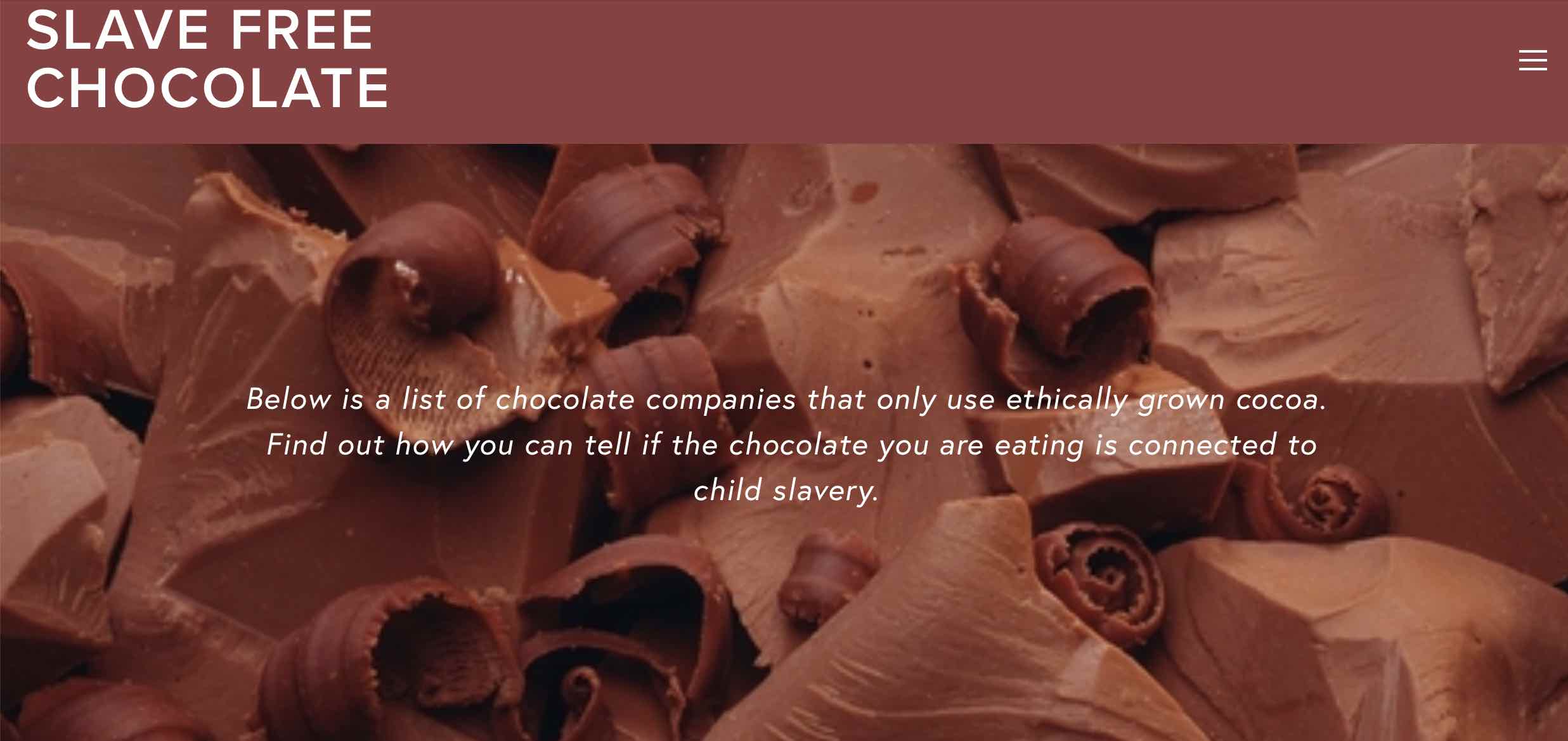The five days from last Thursday through Monday were among the most energizing and productive for my chocolate research and learning, ever. When I last blogged on Friday, I was in the midst of observing the excellent work of the Fine Cacao and Chocolate Institute at its first US-based Cacao Grader Intensive workshop. It was a real pleasure to witness the training program, which is part of the Institute’s broader work to generate and share cocoa evaluation methods. Carla Martin (Harvard University), the institute’s co-founder (along with Colin Gasko, Rogue Chocolatier), kindly took the time to talk with me afterwards, and shared her vision for the FCCI. As the craft expands in new directions, discussions around what makes “quality” chocolate have become more prominent both within the industry and beyond. Carla and Colin are creating incredibly thoughtful, evidence-based approaches to developing a common, workable vocabulary around quality for this industry.
Among the many things that impressed me from our conversation is the FCCI’s strong grounding in information-gathering and sharing amongst many industry stakeholders. Carla described a variety of ways that the FCCI is amassing much-needed data around how to evaluate cocoa quality, and these methods involve near constant feedback loops. The instruments seem to me very sensitive to context specificity, while at the same time paving the way for people to talk meaningfully with one another about cocoa quality across a wide variety of industry positions, from farmers to importers to makers. As conversations in craft circles can slide easily into debates over flavor and quality “rankings” based on personal preference or anecdote (to be clear, those are my words, not Carla’s or Colin’s), the FCCI’s thoughtful, data-driven, and in many ways egalitarian approach is most welcome. I truly look forward to seeing their programming expand, and to the impact it will no doubt have on quality assessment across our chocolate world.
And after that impressive showing, there was even more at the FCIA events. This year, the Fine Chocolate Industry Association celebrated its largest ever attendance at the conference. It was an honor to host a Table Talk, on my recent research into chocolate artisanry. I was delighted to have pretty much a full house for the talk and humbled by the level of interest in this work—about how we can define artisan in a rigorous way, and use data to understand how consumers make sense of it. I shared some of my findings at the talk, and was grateful for the insights of industry experts into defining and applying “artisan” during our discussion. My publication on this work is forthcoming, and I look forward to sharing it soon—even more now after a successful talk at the FCIA. Many thanks again to Pam Williams (FCIA President) and Karen Bryant (FCIA Executive Director) for all their work organizing such a wide-ranging and thought-provoking education program, and for having me to be a part of it. I already look forward to the FCIA east coast gathering, coming this June to New York.
The Dandelion Chocolate brunch, the morning following the FCIA conference, was probably the most concentrated gathering of chocolate folks I have ever experienced. It was not possible to turn in any direction without running into someone who has made, or is making, some notable contribution to the industry. Just as memorably, I was never more than six inches from some nice brunch-y treat. All I needed to do was reach out my hand and, voila: something delicious to eat or drink (the thickly rich European-style hot chocolate was the winner for me). I was particularly happy to finally meet in person Bertil Akesson, of Akesson’s Single Estate Chocolate whose work in Madagascar cocoa I have talked about for many years in my teaching and presentations.
I was also very glad to have had the chance over the long weekend for several conversations with Jessica Ferrero, of Bar Cacao. While we correspond over email, meeting in person can make possible the kinds of thought-provoking conversations that don’t necessarily grow out of message exchanges. As I presented and talked through my analysis of the term “artisan” for the chocolate industry, Jessica shared her thinking around other terms, particularly “bean to bar,” and made me realize that these deserve our scrutiny as well. I am hopeful (hint, hint) that Jessica will write a posting soon with her thoughts on this, as they were enlightening to me. I’m also thankful to have been able to attend Jessica’s Bar Cacao tasting event, with Chloe Doutre-Roussel (Chloe Chocolat). The chance to hear Chloe speak is never one to miss, and her deep knowledge of flavor and tasting methods is always a source of inspiration.
The Fancy Food Show was a final highlight, though I did not get to spend quite as much time there as it takes to visit all six thousand booths. Instead, I joined a small roving group of chocolate people, including Sunita de Tourreil of The Chocolate Garage and Seneca Klassen of Lonohana Hawaiian Estate Chocolate, to hang out and taste samples at the A Priori specialty food booth and then the Crio Bru table. I am particularly grateful to Matt Caputo for the enlightening conversation at A Priori, to Bertil for a taste of his 100% bar, and to Cassandra Durtschi for the marvelous cup of Crio Bru Ecuador Light Roast cocoa drink. As I explained to Cassandra, with their lovely product I might at last fill the morning-hot-drink gap in my life. As a person who doesn’t drink coffee (likely the only one in Seattle), I have often longed to clutch a mug of hot drink in my cold hands on the dark, rainy mornings, and now that yawning chasm of desire can be filled. A million thanks!




